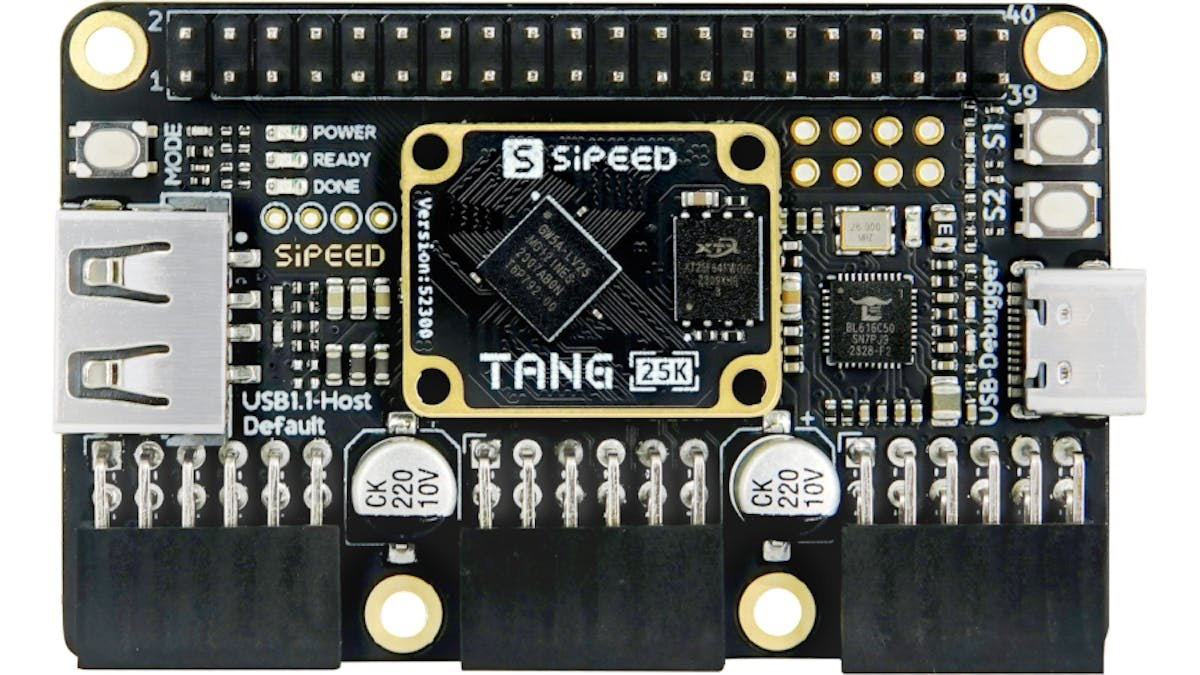Real Computers I Have Worked On
When I was a student apprentice at English Electric Ltd and English Electric-LEO-Marconi Computers Ltd at Kidsgrove, Stoke-on Trent, in the early 1960s I worked on two computers - the Luton Analogue Computing Engine or LACE and the LEO III.
Here is a LACE. Lots of valves/tubes. The smaller racks contained what are now called operational amplifiers, and one can now get as many as four op amps on a single chip. There was also a large 19" rack containing a multiplier unit. I got quite good at setting up the multiplier - lots of interacting pots had to be adjusted to ensure that accurate results were obtained. The engineer is removing or replacing a patch panel which was used to interconnect the various computing elements. The multiplier can be seen in the bottom left corner, IIRC.
Here is a LEO III.
https://photos.app.goo.gl/vM4qUQh7Dz5azkzg6
The photo seems to be protected against copying, which is why I've just provided a link.
I designed a small part of it when I was seconded to the LEO (Lyons Electronic Office) factory at Minerva Road, West London.
Earlier valve-based LEO machines had an audible monitor which played pulses from the CPU through a loudspeaker, enabling operators to detect program loops. The transistorised LEO was too fast for that and I was tasked with the design of a circuit that would divide the pulses by 100. The conventional technique would be to use flip-flops to divide the signal, but that was deemed to be too expensive. A device called a unijuction transistor (UJT) had just been invented which could be used with a diode pump integrator to divide a pulse train by 10. They weren't in production but I found that a UJT could be simulated using an NPN-PNP transistor pair. I used two of those circuits to give the required division by 100. A simple amplifier drove the loudspeaker. I designed a printed circuit board and made a prototype, which worked!
A few months later, when I was back at Kidsgrove, I saw some LEO III machines on the shop floor - they had my little circuit bolted to the frame!



Comments
Post a Comment